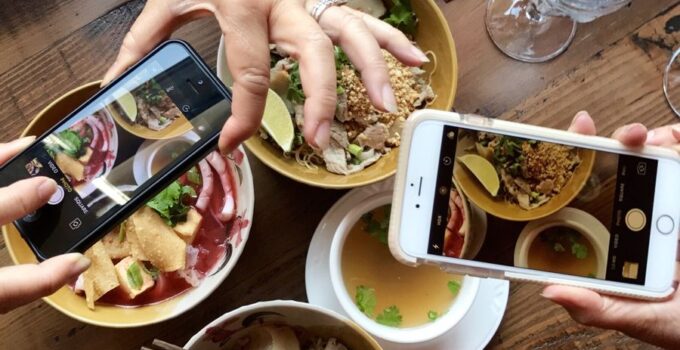Selling online is a great way for food and drink production businesses to get their brand in front of new business prospects and consumers alike.
The industry has seen exponential growth in sales via the internet over the last few years. Taking advantage of this growth has never been more important for SMEs.
This article explains how successful food & drink businesses are using the internet to promote their brand and products to their avid followers.

source:pxfuel.com
We explain how teaming up with industry bodies can help with Google visibility and how you can use taster sessions, founder updates or even recipes to increase sales. We also explain how to specifically target foodservice decision makers.
Let’s dive in.
Page Contents
Getting featured on Food industry websites
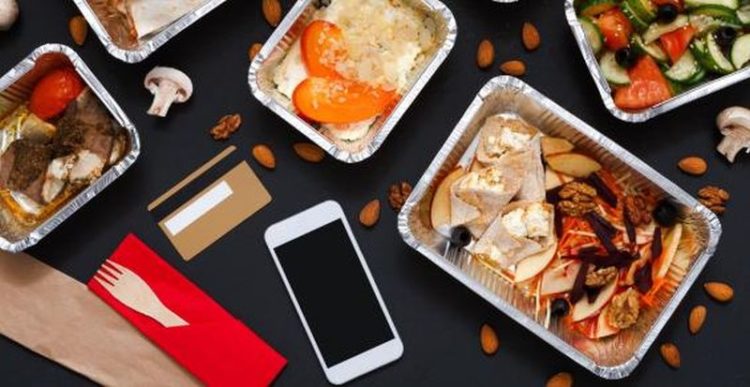
source:pxfuel.com
There are lots of industry publications who look to share news and information on their websites. Many also have a print version.
By having your brand listed on their website with a reference to your website, you can increase traffic to your brand from theirs. You can also increase your rankings in Google because being mentioned helps prove you are a trustworthy business.
One way to get listed is by inviting them down to your production facility to look around and write a follow up report. You could also offer to provide images and quotes for them to add to their article.
Some publications have a monthly membership. If you can find a local food industry body you can join, you should ask them to link to your website from theirs.

source:pxfuel.com
Social Media is rife with consumer brands who are sharing beautiful images of their finished products.
You could take this one step further and share with you followers detailed insights at each stage of the production. Some brands are doing this very successfully.
Having a themed calendar can help with creating content regularly and publishing it without too much time being taken up.
For example, for 2 weeks, you might post insights into the raw materials used. Then, the next 2 weeks might be focused on the first stage of production with different tips every other day.
Creating content this way can really help to come up with a year-long calendar very easily. If you struggle to consistently produce content for social, simply schedule one post every week and then fill in the gaps when you get time.
That way, you will be guaranteed to have a weekly update as a minimum.
Promote taster sessions online when selling to restaurants
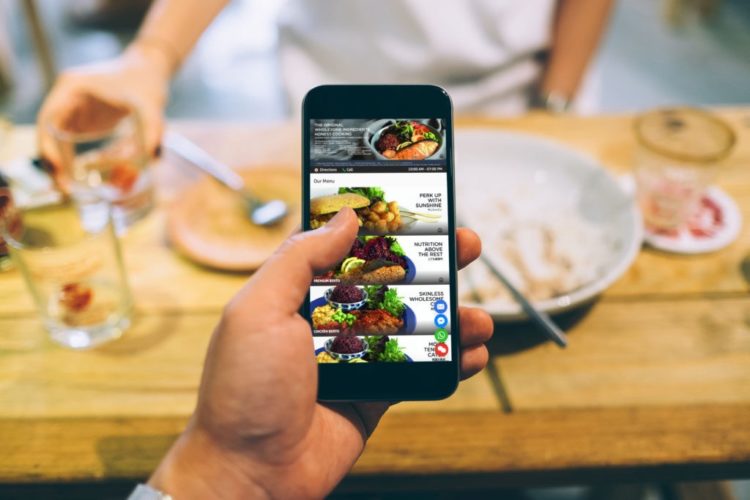
source:medium.com
Many food businesses who sell to restaurants offer free taster sessions to prospective clients and even current clients. Found out more about taster sessions in this article.
By promoting these taster sessions on your website, you will undoubtedly increase the conversion rate of visitor-to-enquiry.
What’s more, if you optimise this page for Google, there’s a chance your website will show up when people are typing a search in to search engines. For example:
‘Red Wine taster sessions’
When running an organised taster session, you could also invite local bloggers down for free. If they come, you should then ask them to promote your brand on their social channels or post a review and link on their website.
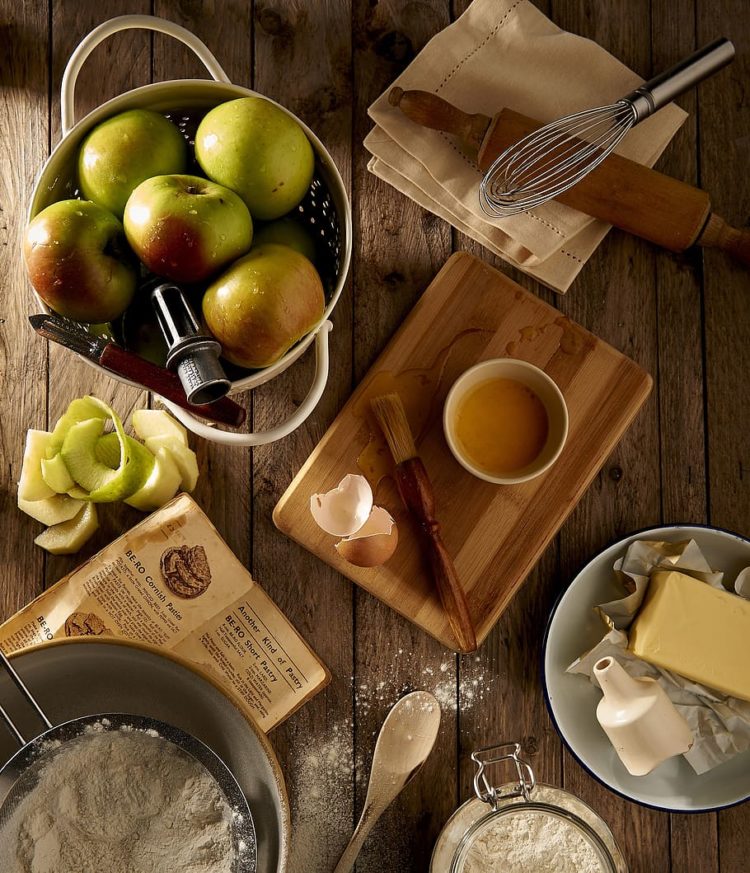
source:pxfuel.com
One of the most searched for things in Google is a good old recipe. So, if you sell food that contributes to the perfect recipe, be sure to share these on your website. Keep building up your recipe book online.
People searching for recipes, on the internet via search engines, also often precede it with the word ‘best’.
For example: ‘Best Smoked Salmon recipe’
If you sell high quality smoked salmon, you should aim to show up for this type of search.
When the recipe searcher land on your page, your brand will be directly in front of them (your target market) and you can make them aware of your products at the right time.

source:medium.com
Lots of smaller FMCG businesses are making the most of being just that, a small business. As most founders know, it is tough being the owner of a food and drink production business. There’s lots to do, manage and create.
By sharing real content about yourself, it makes it a lot easier to generate interesting social posts regularly.
Don’t hold back. Tell your followers exactly what your challenges are and exactly how you’re overcoming them. They will love you more for being natural and open to what’s happening in your business.
When sharing this sort of content, you can do a lot more on the fly because it doesn’t need to be edited to perfection. Channels such as Instagram stories are perfect for this.
Pay to feature at the top of Google

source:cspdailynews.com
Most of what has been suggested so far is focused on generating organic growth from the search engines or social media.
Another great way of increasing traffic and sales to your website is by paying to get in front of people searching for your products.
For example, search terms like ‘buy coffee’, ‘buy tea’, or even ‘buy smoked salmon’ are searched several thousand times per month.
By paying to have your website listed for these search terms, you can find out how likely people are to purchase your produce when they land on your site.
Target Foodservice decision makers on Social Media
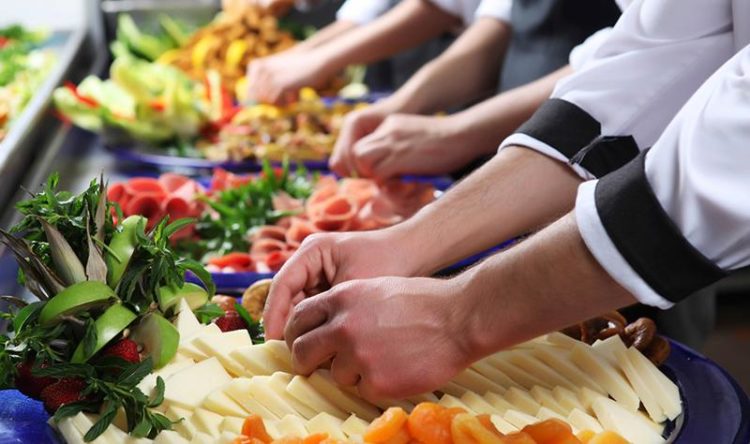
source:cspdailynews.com
Targeting a very specific market on social media has never been easier than ever before. For example, in a lot of restaurants, it’s the chefs who decide what will be listed on their menu.
So, you can specifically target people who have their role listed as a senior chef. That way, it’s likely they make crucial decisions.
Using paid advertising on social media is a perfect way to promote your taster sessions, as discussed earlier in the article.
For example, your advert might include an action shot of your team giving taster sessions to a group of visitors at your factory.

